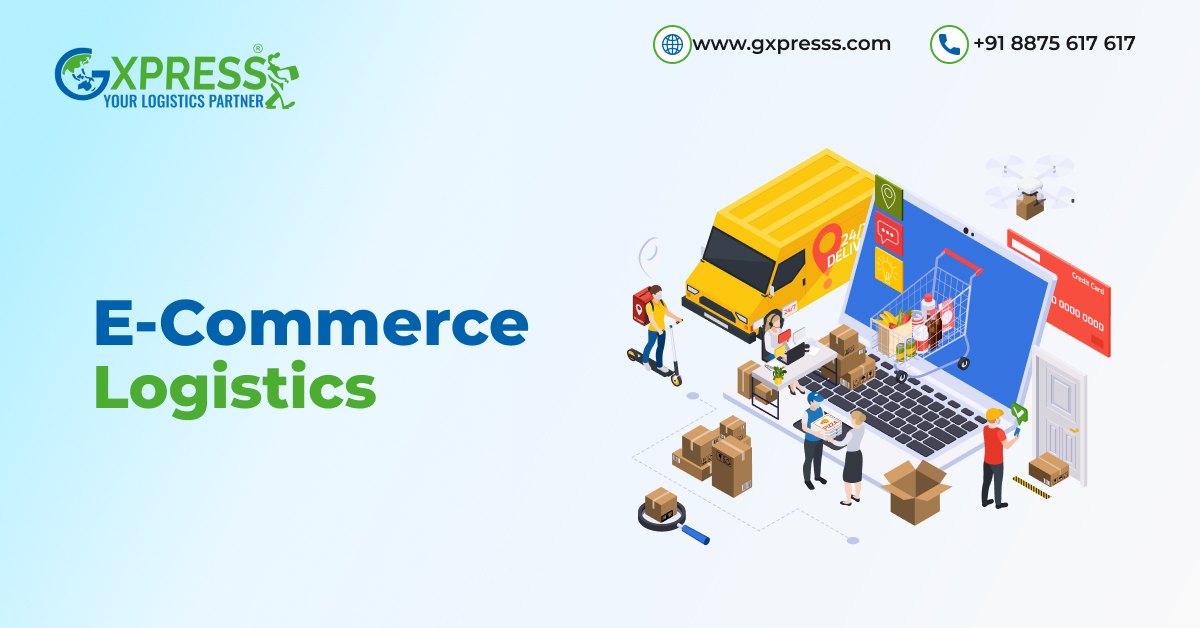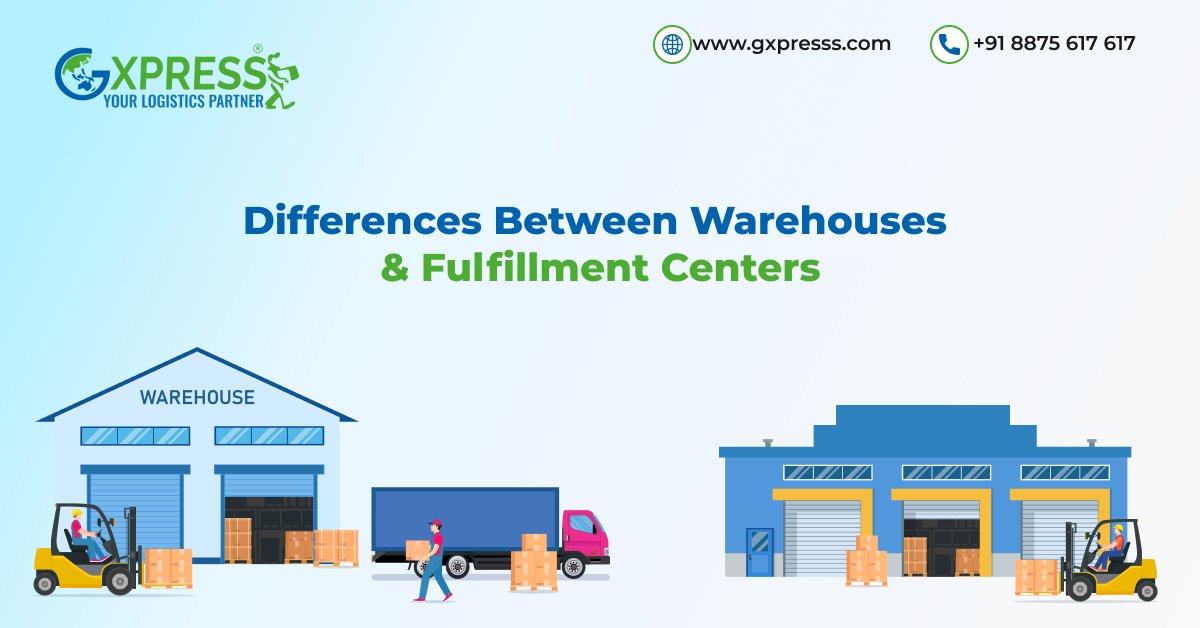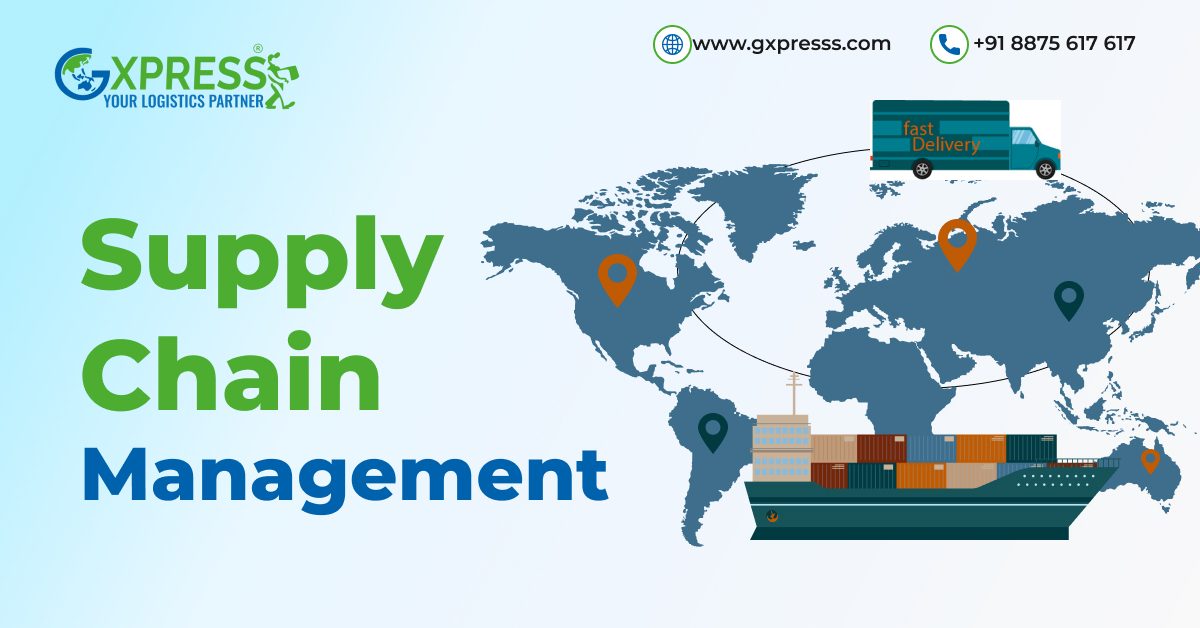September 19, 2025E-commerce8 min readBy Admin
Last-Mile Challenge: Innovations and Strategies for Efficient Deliveries
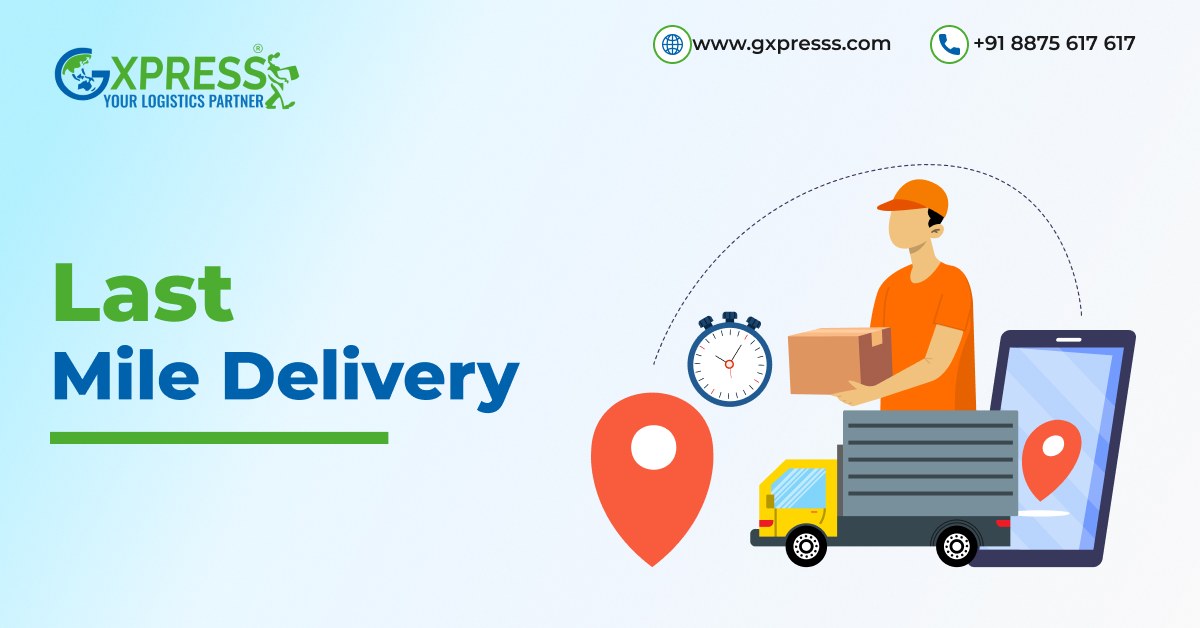
The first thousand miles can be done easily, but the last mile delivery, however, can make the difference between the customer’s happiness and dissatisfaction.
The last mile for businesses is not only the shortest distance in the supply chain but the most difficult, expensive, and the part that has the highest impact on the customer’s reaction. To be more precise, research indicates that last-mile delivery might be responsible for half of the total shipping costs.
So, the real issue is: in what way can businesses get over the obstacle and deliver not only the packages but also the customers’ delight and trust?
We can’t deny that the problem is difficult, but why not look at the developments and tactics that are changing the last-mile delivery all over the globe?
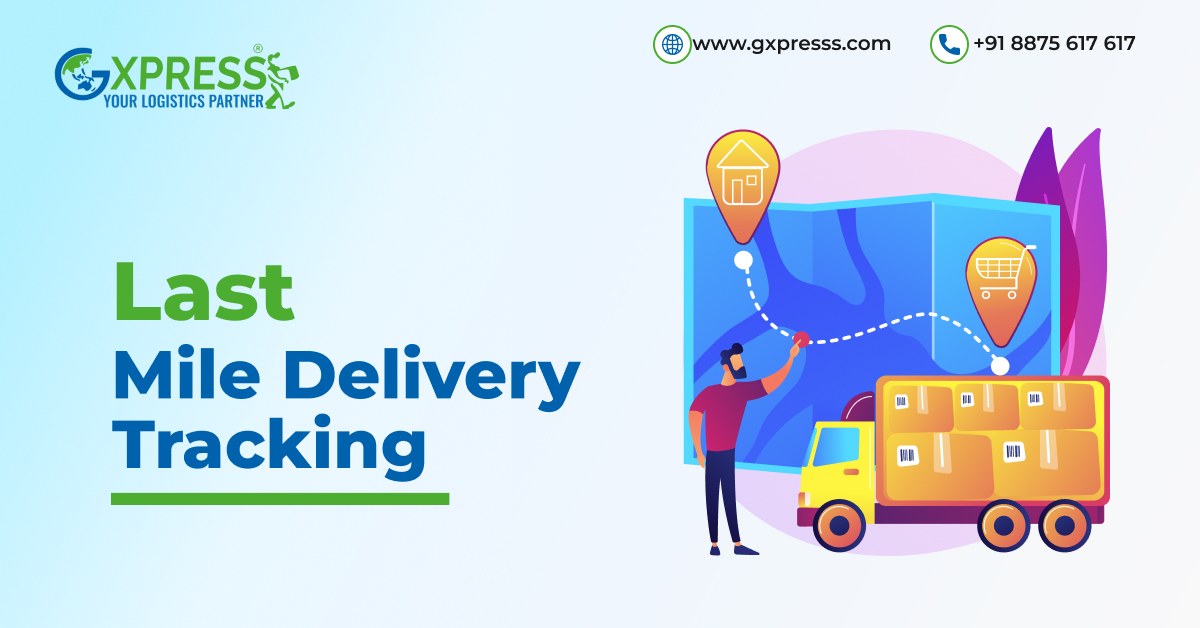
Why the Last Mile Is So Challenging
Last mile delivery, on the surface, appears to be very simple: the goods are taken from the distribution center to the customer’s home. But that is the reason why it is more complicated than it looks:High customer expectations
The consumers have been made accustomed to the practice of delivery that follows e-commerce giants, and they now expect that it will be a standard procedure to get their orders within the same or the next day.Traffic and congestion
Sometimes a delivery route of 5 km can take you more time than a trip of 50 km on the highway.Failed deliveries
Not getting the orders at the right time, sending the products to the wrong addresses, or finding the recipients absent are the reasons that increase the costs of the company and, at the same time, annoy both the business and the buyers.Rising costs
The cost that has to do with fuel, labor, and vehicle maintenance will continue to increase, especially when the delivery that is done by the standards of multiple short stops is used.Environmental concerns
The more vans that are on the road, in other words, the more emission that is a major problem in cities that are already having pollution will be the issue of those cities.Innovations Reshaping Last Mile Delivery Logistics
The bright side? Logistics companies and retailers remain very active. Everywhere in the world, the innovators are reinventing the way goods get to the customers. Here are some breakthrough ideas:1. Micro-Fulfillment Centers (MFCs)
Instead of one big warehouse on the edge of town that serves the entire city, businesses are establishing smaller centers nearer to the customers. In such a way, they are practically creating distribution nodes at the local level. This shortens delivery time and enables same-day delivery for e-commerce and groceries.2. Delivery Drones and Robots
What was once a dream of science fiction is currently a pilot project in several cities. For example, Drones can fly over traffic; on the other hand, self-sufficient robots can take care of the last urban part of the journey. Many companies, such as Amazon, are conducting the testing phase of a future wide extension.3. Electric and Green Fleets
Green is the new priority. The number of electric vans, e-bikes, and cargo bikes is rising, which are used mostly for neighborhoods; deliveries. Apart from zero carbon, quietness, and environmental friendliness, it can sometimes even be faster than traditional vans.4. Smart Lockers and Pickup Points
There is a large market for people who do not want their packages delivered to the door, but rather will want centralized locker systems, which businesses offer and install in residential complexes, metro stations, and retail stores. Customers take their orders when it best fits their schedule, and this way, prolonged delivery attempts are eliminated as well.5. AI and Route Optimization
Enhanced formulas guide drivers to avoid congestion, make optimal groups for deliveries, and let drivers have less waiting time for their next job. AI is not only a fuel-saving tool but also a way for companies can let their clients know the delivery window so they can rely on it.6. Last Mile Delivery Tracking and Customer Communication
The modern consumer requests access to information. Tracking in real time and live updates make the anxiety of losing the package and many other issues disappear. This interactive communication between the bearer of the good and the recipient of the good makes everyone’s job easier as the process becomes more efficient.Strategies for Businesses to Tackle the Last Mile
Innovations have a huge impact, but it is the strategy that connects them all. These are the methods that businesses—big and small—utilize:1. Hybrid Delivery Models
It is common that companies rely on their in-house delivery services. But instead of that, many firms are using the services of third parties. The main advantage of this option is that they can still have the flexibility at the time of the high demand (for example, during the Christmas period) without having to pay for a full expansion of their delivery service.2. Crowdsourced Delivery
Independent drivers who handle the pickup and drop-off of the packages. The model is widely used in food delivery and is slowly getting popular in the field of retail logistics.3. Data-Driven Decision Making
Data is what makes the change from estimation to exactness. Businesses use clear information about deliveries, such as time, date, location, etc., to make the process more efficient.4. Customer-Centric Policies
Delivery on time by providing the choice of hour, changing the delivery date, or the service "set down at the door" is one of the reasons for first-stroke success rates. When customers have the feeling of being in control, efficiency flows automatically.5. Focus on Last-Mile Partnerships
The trend of collaborations between retailers and logistics companies is getting stronger and stronger. For instance, the retailer may hire a professional delivery company to handle the delivery part of the business that requires going through the complex urban networks.Humanizing the Last Mile: The Customer’s Perspective
Every time you get a notification saying that "an order has been shipped," there is a story behind the customer. A parent who is awaiting school supplies to start the new term. A patient who needs medicines that are essential and are expected. A small business that is relying on a shipment to meet its own customers’ needs. This explains a big part of why the last mile is so important—it’s not only about the transportation of goods, but it is also about the people. Those companies that succeed are the ones that accomplish more than just logistics and concentrate on letting their customers have seamless and reliable experiences. During the COVID-19 epidemic, families used grocery delivery as a tool to keep themselves away. In most cases, it was not about the families’ convenience but about their safety. Companies that could provide customers with an on-time delivery every time retained the customer loyalty that they still have today.Conclusion
The last mile delivery is the point at which supply chains come into contact with customers' daily lives. It is difficult, uncertain, and often costly, yet it is also the area where brands can become really noticed. Through the combination of innovation and strategy, companies are able to convert this problem into a solution for better relationships, more eco-friendly measures, and efficient systems. In the future, companies like Gxpress that decide to change the last-mile situation will be the ones to influence customer experiences with their new approaches. Technological progress and urban development aside, the next time a person is excitedly anticipating his delivery may even get it quicker, greener, and more intelligent than ever before.Frequently Asked Questions (FAQs)
1. What is last mile delivery?
Last mile delivery is the process of transferring goods to the customer’s home from the distribution center or a local hub. Although it is usually the easiest distance, it is the most complex, expensive, and customer-focused part of the logistics.2. Why is last mile delivery so expensive?
The major causes of the high costs are fuel and labor for each short-distance trip, traffic congestion, delivery failures, and the ever-increasing demand for same-day or next-day delivery service. Each of these factors leads to the last mile accounting for almost half of the total shipping costs.3. How are companies innovating in last mile delivery?
One of the most common ways that enterprises use to decrease the difficulties of the last mile is by embracing micro-fulfillment centers, electric vehicles, AI route optimization, delivery drones, and smart lockers.4. What role does technology play in solving last mile challenges?
With real-time tracking, automated route planning, AI logistics, and the use of mobile phones to communicate with the customer, technology promotes the most efficient way of problem-solving.5. How can businesses improve customer satisfaction in last mile delivery?
In addition to offering customers flexible delivery slots and real-time tracking, retailers can increase customer satisfaction by implementing contactless delivery and creating convenient pickup locations.6. What does the future of last mile delivery look like?
One might expect that drones would be used to deliver products in remote areas in the future, while in cities, the use of e-bikes and cargo bikes will be the norm.Share this article:

